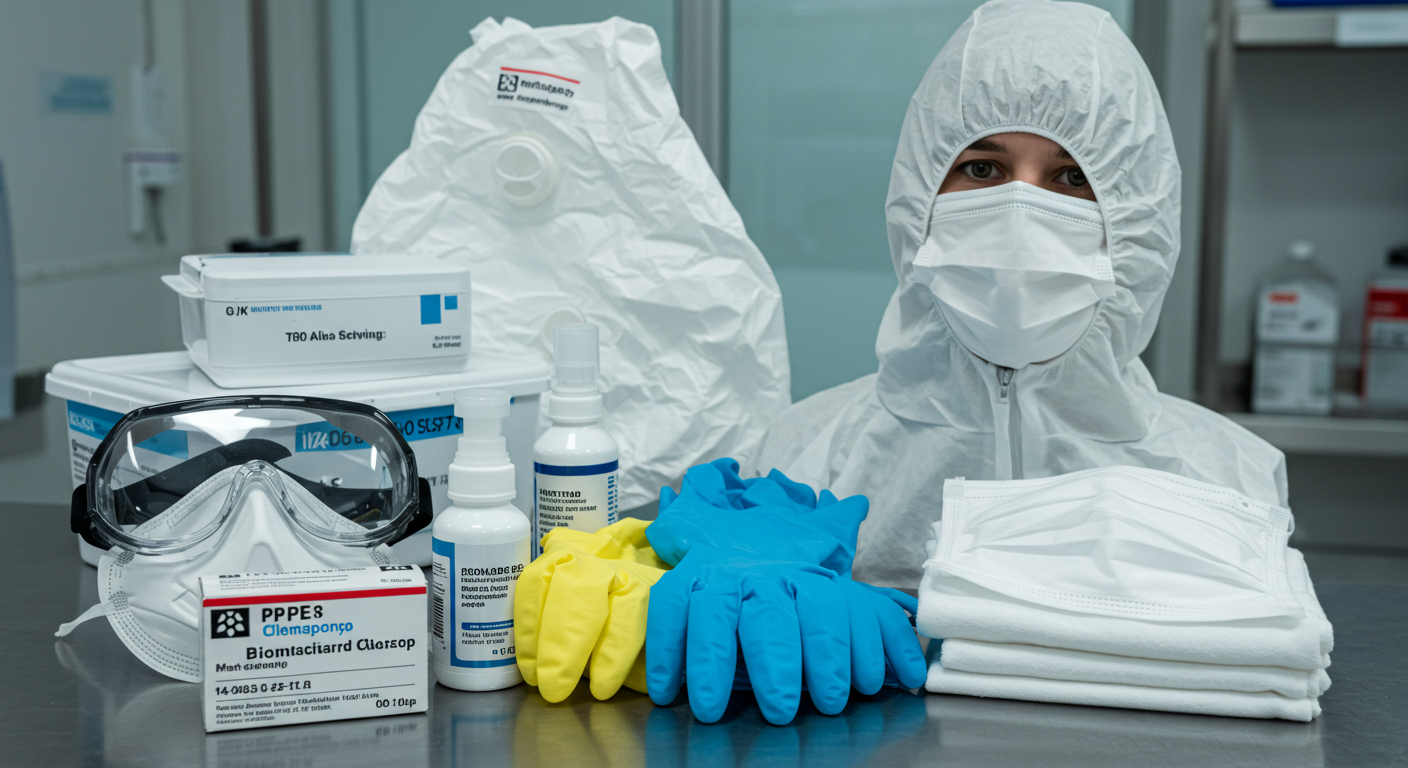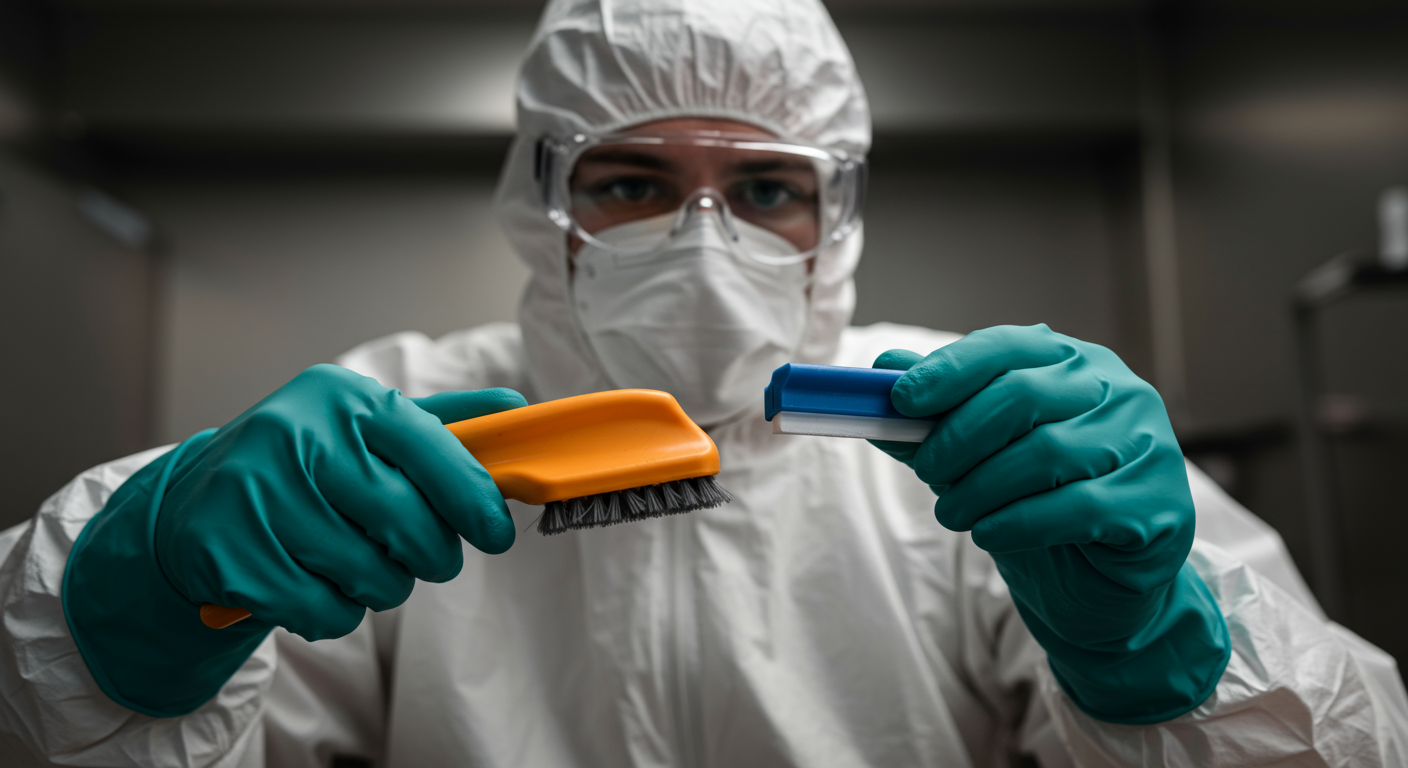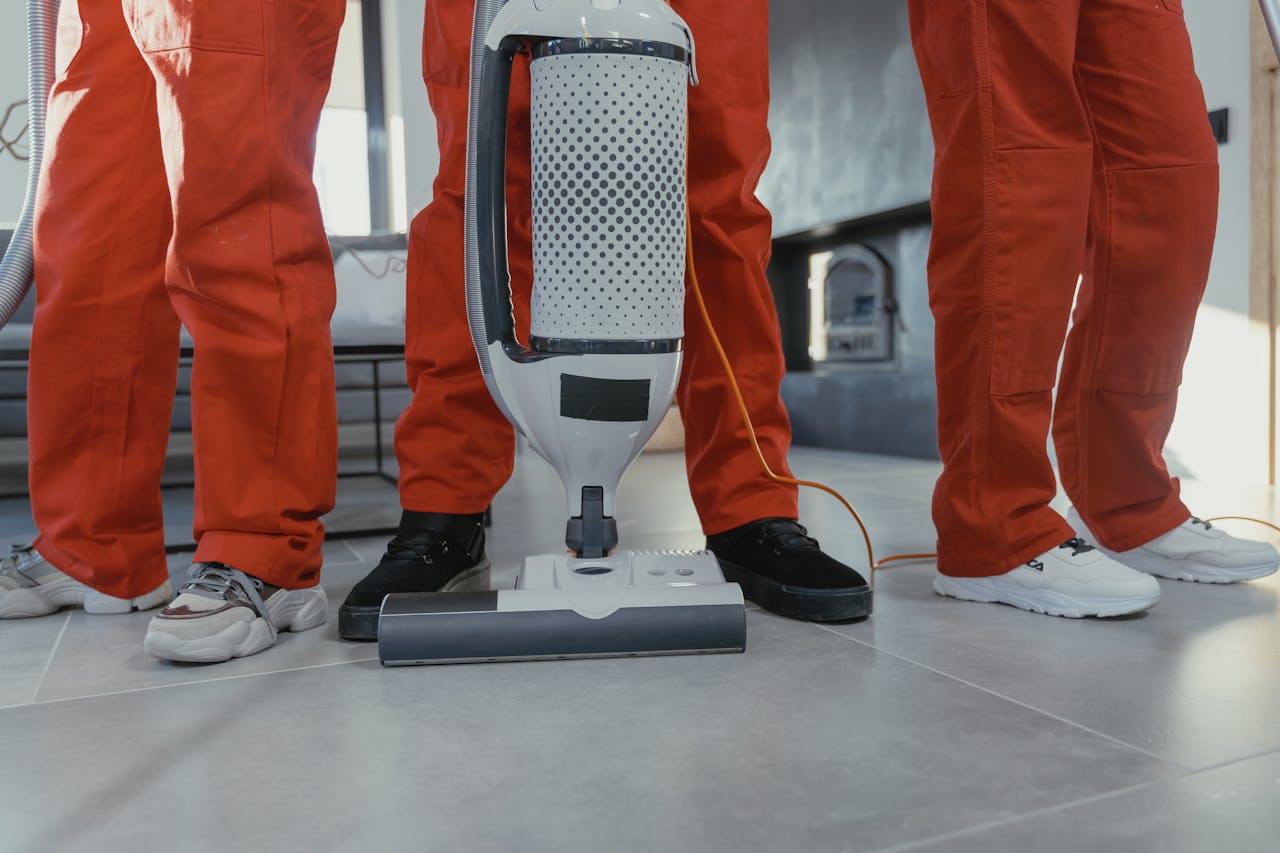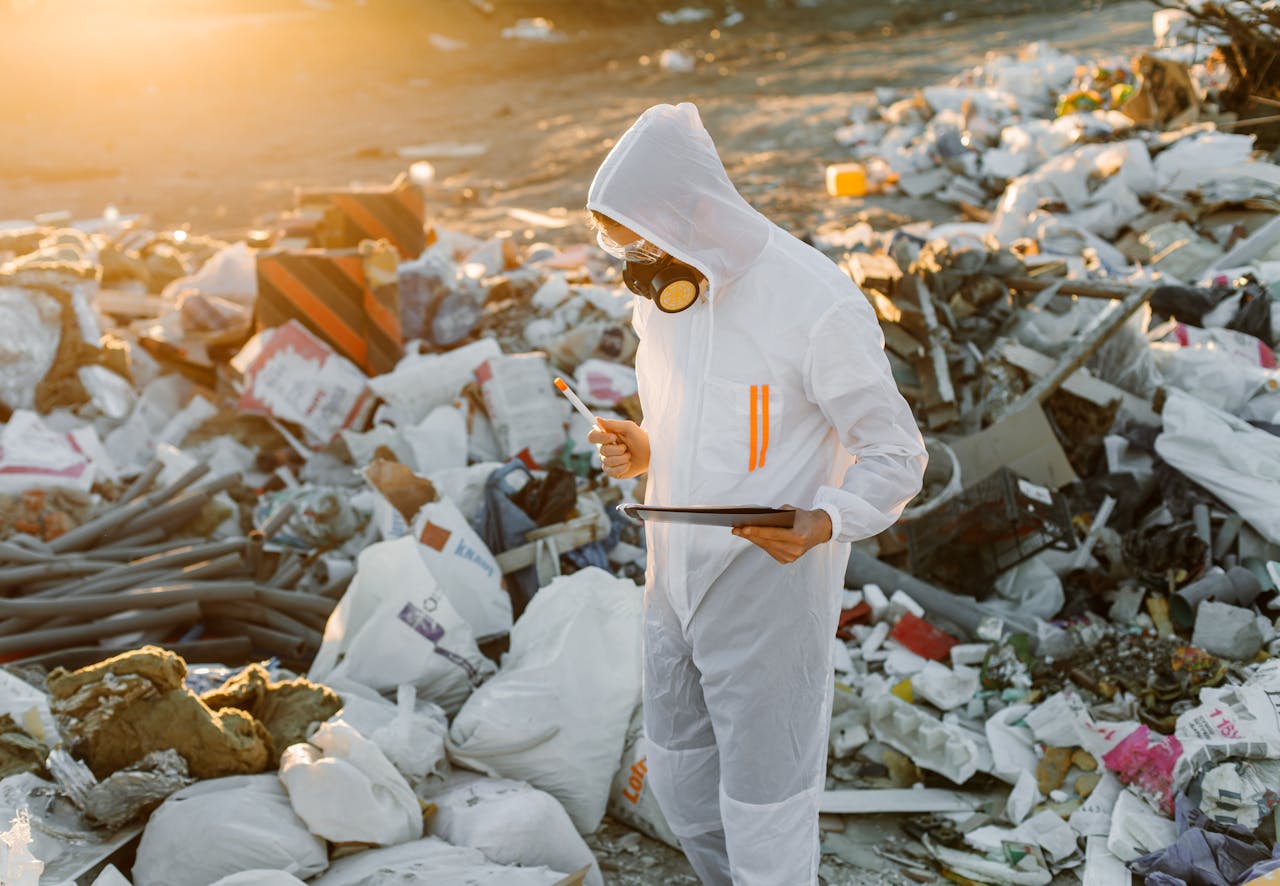Biohazard waste poses significant health risks if not handled and disposed of properly. Whether it’s in a medical facility, a crime scene, or a home environment, cleaning biohazard waste requires strict adherence to safety protocols. This guide will walk you through the essential steps for cleaning biohazard waste safely and effectively, ensuring compliance with legal and environmental standards.
Understanding Biohazard Waste
Definition and Types of Biohazards
Biohazard waste refers to any biological material that poses a threat to human or environmental health. This includes blood, bodily fluids, tissues, and other potentially infectious materials. It can also encompass items like used needles, contaminated gloves, and medical instruments. Understanding the types of biohazards is crucial for determining the appropriate cleanup and disposal methods.
Common Sources of Biohazard Waste
Biohazard waste can originate from various sources, including hospitals, laboratories, crime scenes, and even residential settings. For example, medical facilities generate waste such as syringes and surgical tools, while crime scenes may involve blood spills or bodily fluids. Identifying the source helps in tailoring the cleanup process to the specific type of biohazard.
Preparation for Biohazard Cleanup
Essential Personal Protective Equipment (PPE)
Before starting any biohazard cleanup, it is vital to wear the appropriate PPE. This includes gloves, masks, goggles, and full-body protective suits. PPE acts as a barrier against harmful pathogens, reducing the risk of infection. Always ensure that the equipment fits properly and is free from defects.

Necessary Cleanup Supplies and Tools
Having the right tools and supplies is equally important. Essential items include absorbent materials, disinfectants, biohazard bags, and sharps containers. Specialized cleaning agents designed to kill pathogens like bacteria and viruses are also necessary. Keep all supplies within easy reach to streamline the cleanup process.
Step-by-Step Biohazard Cleanup Procedures
Initial Safety Measures and Notifications
The first step in any biohazard cleanup is to secure the area. This involves cordoning off the affected zone to prevent unauthorized access. Notify relevant authorities or supervisors about the situation and ensure that all personnel involved in the cleanup are trained and equipped.
Detailed Cleanup Steps
Absorbing the Spill
Begin by containing and absorbing the spill using absorbent materials like paper towels or specialized pads. This step prevents the biohazard from spreading further. Ensure that all absorbent materials are disposed of in biohazard bags.
Disinfecting the Area
Once the spill is absorbed, thoroughly disinfect the area using an EPA-approved cleaning agent. Apply the disinfectant generously and allow it to sit for the recommended contact time to ensure all pathogens are neutralized. Wipe the area clean with disposable cloths.
Proper Disposal of Biohazard Materials
Dispose of all contaminated materials, including PPE, in clearly labeled biohazard bags or containers. Seal the bags securely and transport them to an approved disposal facility. Follow local regulations for biohazard waste disposal to avoid legal repercussions.
For more detailed insights into professional cleanup services, check out Expert Blood Cleanup Services in Orlando and Joliet, IL.
Post-Cleanup Safety and Compliance
Importance of Hand Hygiene
After completing the cleanup, remove your PPE carefully to avoid cross-contamination. Wash your hands thoroughly with soap and water for at least 20 seconds. Hand hygiene is a critical step in preventing the spread of pathogens.
Restocking Cleanup Supplies
Ensure that all used supplies are replenished immediately. This includes replacing disinfectants, absorbent materials, and PPE. Being prepared for future incidents is essential for maintaining a safe environment.
Legal Considerations and Professional Help
Compliance with local, state, and federal regulations is non-negotiable when dealing with biohazard waste. Familiarize yourself with guidelines from organizations like OSHA and the EPA. In complex or large-scale situations, consider hiring professional biohazard cleanup services. Learn more about the costs and requirements in Understanding the Average Cost of Biohazard Cleanup in Joliet, IL.
Cleaning biohazard waste is a task that demands meticulous attention to detail and strict adherence to safety protocols. By following the steps outlined in this guide, you can ensure a safe and effective cleanup process. Always prioritize safety, compliance, and professional assistance when necessary.


